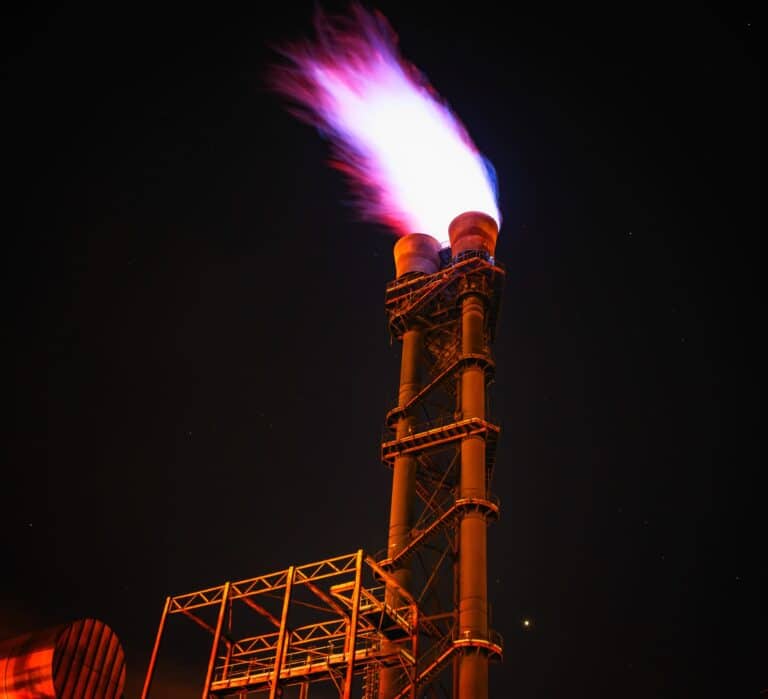Source: Canary Media
Excerpt:
The Inflation Reduction Act made an $8.8B investment in home energy efficiency. Now, it’s up to states to figure out how to put the money into practice.
The Inflation Reduction Act has created the biggest federal investment in home energy efficiency in history, with $8.8 billion to weatherize homes, install efficient electric heating and appliances, and help households save billions of dollars in energy costs and cut their carbon emissions.
Now, nearly a year after the law’s passage, the rules for how U.S. states and territories can access these unprecedented federal incentives have been released — and the hard work of putting the money to use can begin.
Late last month, the U.S. Department of Energy issued its requirements and instructions for accessing $4.3 billion from the Home Efficiency Rebates Program, which offers whole-home efficiency grants, and $4.275 billion from the Home Electrification and Appliance Rebates Program, which offers rebates for electric-powered home systems.
Those two programs — along with $225 million in grants for tribal governments that haven’t yet been finalized — represent a “groundbreaking” effort to bring efficiency to millions of homes and apartments across the nation, DOE Deputy Secretary David Turk said during a July 27 press conference revealing the new rules.
“Just to underscore how big a deal this is, families will be able to save hundreds and thousands of dollars on insulating their homes, installing heat pumps, upgrading to electric energy appliances, and much, much more,” he said.
DOE forecasts that these incentives could drive up to $1 billion in annual energy cost savings across the country. They could also help create over 50,000 jobs, “from manufacturing all the way to installation,” Turk said.
Read more: Inside the IRA’s historic, high-stakes investment in energy efficiency





